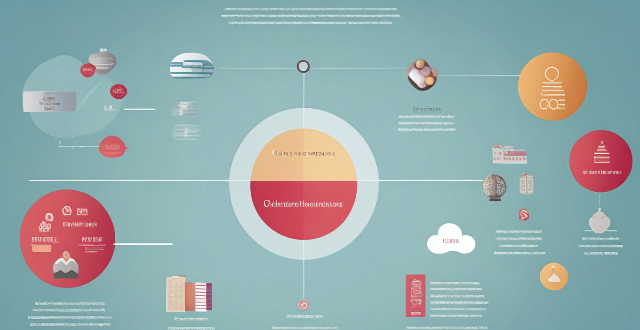Risk mitigation is a crucial process for organizations to identify, assess, and reduce potential risks that could negatively impact their objectives. The process involves identifying all possible risks, assessing them based on likelihood and impact, prioritizing them, developing response plans, implementing controls, and continuously monitoring and reviewing strategies. Risk mitigation offers benefits such as improved decision making, enhanced reputation, reduced financial losses, increased resilience, compliance with regulations, and improved stakeholder trust. By effectively managing risks, organizations can navigate challenges more effectively and safeguard their future success.

Risk Mitigation: A Comprehensive Guide
What is Risk Mitigation?
Risk mitigation refers to the process of identifying, assessing, and reducing or eliminating potential risks that could negatively impact an organization's objectives. It involves implementing strategies and controls to minimize the probability and severity of losses or damages caused by these risks.
The Process of Risk Mitigation
The risk mitigation process typically consists of the following steps:
Step 1: Risk Identification
Identify all possible risks that could affect your organization. This includes both internal and external risks such as natural disasters, cyber threats, financial instability, etc.
Step 2: Risk Assessment
Assess each identified risk based on its likelihood and potential impact. This helps prioritize which risks need immediate attention and which can be monitored over time.
Step 3: Risk Prioritization
Prioritize the risks based on their severity and likelihood. Focus on high-priority risks first, but also keep an eye on lower-priority ones.
Step 4: Risk Response Planning
Develop a plan for responding to each identified risk. This may involve accepting the risk, transferring it (e.g., through insurance), avoiding it altogether, or implementing controls to reduce its impact.
Step 5: Implementation
Put the response plan into action by implementing appropriate controls and strategies to manage the identified risks effectively.
Step 6: Monitoring and Review
Continuously monitor the effectiveness of your risk management strategies and review them regularly to ensure they are still relevant and effective. Make adjustments as needed.
Benefits of Risk Mitigation
Risk mitigation offers several benefits to organizations, including:
- Improved Decision Making: By understanding potential risks, decision-makers can make informed choices that balance risk against potential rewards.
- Enhanced Reputation: Effective risk management demonstrates responsibility and competence, enhancing an organization's reputation among customers, investors, and stakeholders.
- Reduced Financial Losses: Minimizing the impact of negative events can help protect revenue streams and prevent costly litigation or regulatory fines.
- Increased Resilience: Building resilience through effective risk management allows organizations to recover more quickly from adverse events.
- Compliance with Regulations: Many industries have specific regulations regarding risk management that must be followed to avoid legal consequences.
- Improved Stakeholder Trust: Stakeholders, including employees, customers, suppliers, and investors, often feel more confident when they see that an organization is proactively managing risks.
In conclusion, risk mitigation is a crucial aspect of any successful business strategy. By systematically identifying, assessing, prioritizing, planning for, implementing, and monitoring risks, organizations can navigate challenges more effectively and safeguard their future success.